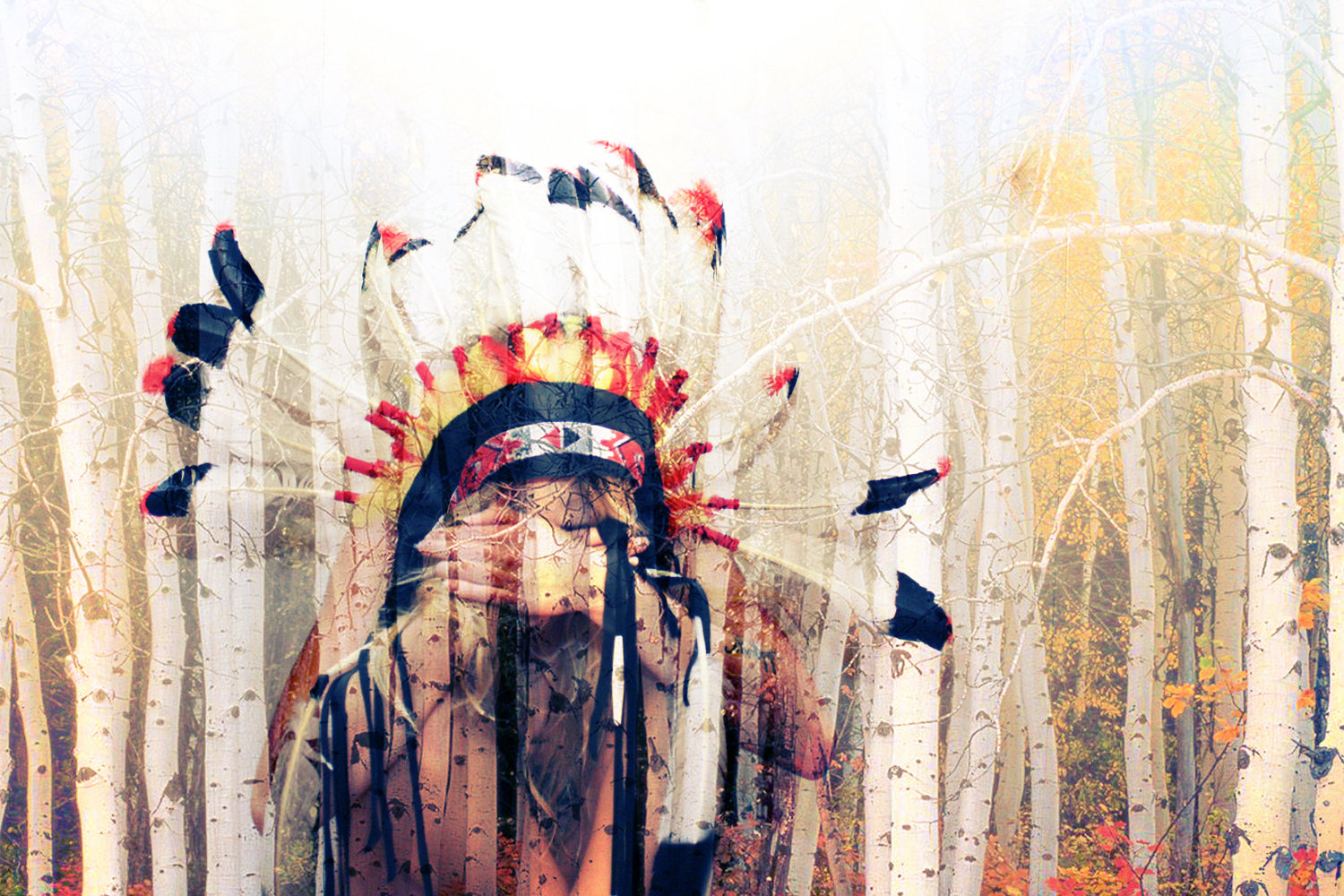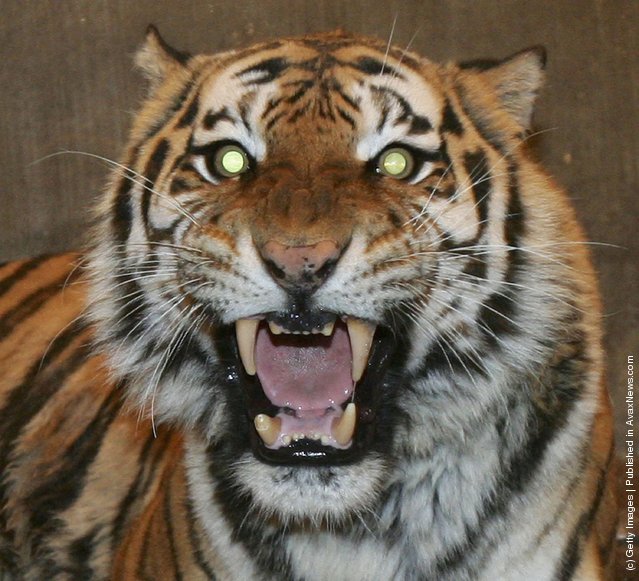Tampilkan postingan dengan label WILD. Tampilkan semua postingan
Tampilkan postingan dengan label WILD. Tampilkan semua postingan
Kamis, 22 Desember 2016
Get tickets to see WILD KRATTS – LIVE coming to LA and San Diego in
Kamis, 15 Desember 2016
LIVE YOUNG WILD AND FREE KEEP CALM AND CARRY ON Image Generator
 The word "animal" comes from the Latin animalis, meaning having breath, having soul or living being. In everyday non-scientific usage the word excludes humans – that is, "animal" is often used to refer only to non-human members of the kingdom Animalia; often, only closer relatives of humans such as mammals and other vertebrates, are meant. The biological definition of the word refers to all members of the kingdom animalia, encompassing creatures as diverse as sponges, jellyfish, insects, and humans.
The word "animal" comes from the Latin animalis, meaning having breath, having soul or living being. In everyday non-scientific usage the word excludes humans – that is, "animal" is often used to refer only to non-human members of the kingdom Animalia; often, only closer relatives of humans such as mammals and other vertebrates, are meant. The biological definition of the word refers to all members of the kingdom animalia, encompassing creatures as diverse as sponges, jellyfish, insects, and humans.Wild Safari Live adds the human touch as you ride along with safari
Beautiful Pictures and Videos

When is Wild Kratts LIVE! coming to the Upstate?
Wild Dogs and Roan Antelope they don39;t play nice Africa Geographic
Kamis, 08 Desember 2016
LIVE THE WILD LIFE TV OFFERS SOME OF THE BEST HUNTING AND FISHING
 Most known animal phyla appeared in the fossil record as marine species during the Cambrian explosion, about 542 million years ago. Animals can be divided broadly into vertebrates and invertebrates. Vertebrates have a backbone or spine (vertebral column), and amount to less than five percent of all described animal species. They include fish, amphibians, reptiles, birds and mammals. The remaining animals are the invertebrates, which lack a backbone. These include molluscs (clams, oysters, octopuses, squid, snails); arthropods (millipedes, centipedes, insects, spiders, scorpions, crabs, lobsters, shrimp); annelids (earthworms, leeches), cnidarians (jellyfish, sea anemones, corals), and sponges. The study of animals is called zoology.
Most known animal phyla appeared in the fossil record as marine species during the Cambrian explosion, about 542 million years ago. Animals can be divided broadly into vertebrates and invertebrates. Vertebrates have a backbone or spine (vertebral column), and amount to less than five percent of all described animal species. They include fish, amphibians, reptiles, birds and mammals. The remaining animals are the invertebrates, which lack a backbone. These include molluscs (clams, oysters, octopuses, squid, snails); arthropods (millipedes, centipedes, insects, spiders, scorpions, crabs, lobsters, shrimp); annelids (earthworms, leeches), cnidarians (jellyfish, sea anemones, corals), and sponges. The study of animals is called zoology.live wild free art print 10 00 14 00 wild free is a wonderful way to

Common across North America hundreds of years ago, wild populations of
wild wolves, like the gray wolf shown here. U.S. Fish amp; Wildlife
Live Webcam featuring Wild Boar in Estonia
Sabtu, 03 Desember 2016
fashin: LIVE FAST, DIE YOUNG, BE WILD AND HAVE FUN
Too beautiful to die,too wild to live MOVIE QUOTES
View bigger Minnesota Wild Live Wallpaper for Android screenshot
Live wild by bwaworga on DeviantArt
NYU BOX OFFICE Wild Kratts Live
Jumat, 02 Desember 2016
LIVE YOUNG WILD AND FREE KEEP CALM AND CARRY ON Image Generator
 The word "animal" comes from the Latin animalis, meaning having breath, having soul or living being. In everyday non-scientific usage the word excludes humans – that is, "animal" is often used to refer only to non-human members of the kingdom Animalia; often, only closer relatives of humans such as mammals and other vertebrates, are meant. The biological definition of the word refers to all members of the kingdom animalia, encompassing creatures as diverse as sponges, jellyfish, insects, and humans.
The word "animal" comes from the Latin animalis, meaning having breath, having soul or living being. In everyday non-scientific usage the word excludes humans – that is, "animal" is often used to refer only to non-human members of the kingdom Animalia; often, only closer relatives of humans such as mammals and other vertebrates, are meant. The biological definition of the word refers to all members of the kingdom animalia, encompassing creatures as diverse as sponges, jellyfish, insects, and humans.for KING amp; COUNTRY AUTOGRAPHED Run Wild. Live Free. Love Strong. CD
The Vamps Wild Heart Live C39;Cauet sur NRJ YouTube

Picture of three cowboys at the Wild Horse Race, Miles City, Montana
If you don` t do wild things while you` re young, you` ll have nothing
 Thank You for Reading this Article
Thank You for Reading this Article
LIVE YOUNG WILD AND FREE Poster KYLY Keep CalmoMatic
 Most known animal phyla appeared in the fossil record as marine species during the Cambrian explosion, about 542 million years ago. Animals can be divided broadly into vertebrates and invertebrates. Vertebrates have a backbone or spine (vertebral column), and amount to less than five percent of all described animal species. They include fish, amphibians, reptiles, birds and mammals. The remaining animals are the invertebrates, which lack a backbone. These include molluscs (clams, oysters, octopuses, squid, snails); arthropods (millipedes, centipedes, insects, spiders, scorpions, crabs, lobsters, shrimp); annelids (earthworms, leeches), cnidarians (jellyfish, sea anemones, corals), and sponges. The study of animals is called zoology.
Most known animal phyla appeared in the fossil record as marine species during the Cambrian explosion, about 542 million years ago. Animals can be divided broadly into vertebrates and invertebrates. Vertebrates have a backbone or spine (vertebral column), and amount to less than five percent of all described animal species. They include fish, amphibians, reptiles, birds and mammals. The remaining animals are the invertebrates, which lack a backbone. These include molluscs (clams, oysters, octopuses, squid, snails); arthropods (millipedes, centipedes, insects, spiders, scorpions, crabs, lobsters, shrimp); annelids (earthworms, leeches), cnidarians (jellyfish, sea anemones, corals), and sponges. The study of animals is called zoology. The word "animal" comes from the Latin animalis, meaning having breath, having soul or living being. In everyday non-scientific usage the word excludes humans – that is, "animal" is often used to refer only to non-human members of the kingdom Animalia; often, only closer relatives of humans such as mammals and other vertebrates, are meant. The biological definition of the word refers to all members of the kingdom animalia, encompassing creatures as diverse as sponges, jellyfish, insects, and humans.
The word "animal" comes from the Latin animalis, meaning having breath, having soul or living being. In everyday non-scientific usage the word excludes humans – that is, "animal" is often used to refer only to non-human members of the kingdom Animalia; often, only closer relatives of humans such as mammals and other vertebrates, are meant. The biological definition of the word refers to all members of the kingdom animalia, encompassing creatures as diverse as sponges, jellyfish, insects, and humans.mojomade: Be Wild amp; Live Free

Will Smith Performs Wild Wild West Live YouTube

Native Americans quickly adopted the horse as a primary means of
we drink because we’re poets poetry prompt 17 dreamflights
Rabu, 30 November 2016
LIVE FAST DIE YOUNG amp; BE WILD HAVE FUN KEEP CALM AND CARRY ON Image
Henry and Alice: Into The Wild « Globe Theatre
Henry and Alice: Into The Wild « Globe Theatre
LIVE THE WILD LIFE TV OFFERS SOME OF THE BEST HUNTING AND FISHING
Photo: Arctic wolf near Ellesmere Island, Canada
THE WILD ANIMALS LIVE IN THE WILD.THE WILD LIFE IS V ERY DANGER AND
 Animals are multicellular, eukaryotic organisms of the kingdom animalia (also called Metazoa). All animals are motile, meaning they can move spontaneously and independently at some point in their lives. Their body plan eventually becomes fixed as they develop, although some undergo a process of metamorphosis later on in their lives. All animals are heterotrophs: they must ingest other organisms or their products for sustenance.
Animals are multicellular, eukaryotic organisms of the kingdom animalia (also called Metazoa). All animals are motile, meaning they can move spontaneously and independently at some point in their lives. Their body plan eventually becomes fixed as they develop, although some undergo a process of metamorphosis later on in their lives. All animals are heterotrophs: they must ingest other organisms or their products for sustenance. Most known animal phyla appeared in the fossil record as marine species during the Cambrian explosion, about 542 million years ago. Animals can be divided broadly into vertebrates and invertebrates. Vertebrates have a backbone or spine (vertebral column), and amount to less than five percent of all described animal species. They include fish, amphibians, reptiles, birds and mammals. The remaining animals are the invertebrates, which lack a backbone. These include molluscs (clams, oysters, octopuses, squid, snails); arthropods (millipedes, centipedes, insects, spiders, scorpions, crabs, lobsters, shrimp); annelids (earthworms, leeches), cnidarians (jellyfish, sea anemones, corals), and sponges. The study of animals is called zoology.
Most known animal phyla appeared in the fossil record as marine species during the Cambrian explosion, about 542 million years ago. Animals can be divided broadly into vertebrates and invertebrates. Vertebrates have a backbone or spine (vertebral column), and amount to less than five percent of all described animal species. They include fish, amphibians, reptiles, birds and mammals. The remaining animals are the invertebrates, which lack a backbone. These include molluscs (clams, oysters, octopuses, squid, snails); arthropods (millipedes, centipedes, insects, spiders, scorpions, crabs, lobsters, shrimp); annelids (earthworms, leeches), cnidarians (jellyfish, sea anemones, corals), and sponges. The study of animals is called zoology.Siberian tiger is seen at Erdaohe Tiger Park July 2, 2006 in Antu

View bigger Wild Sharks Live Wallpaper HD for Android screenshot
Live in the sunshine, swim the sea, drink the wild air Ralph Waldo
What is pond wildlife? The Garden Pond Blog
 Thanks for Reading this Article
Thanks for Reading this Article
Langganan:
Komentar (Atom)